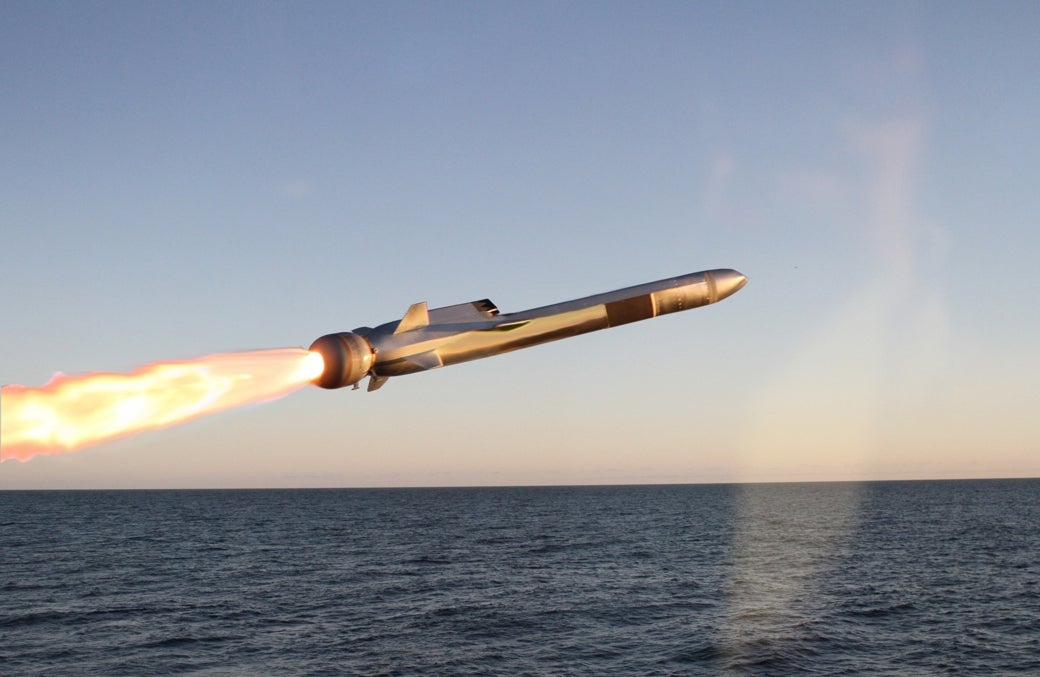
The Australian government has “signed a substanial contract” to acquire Kongsberg’s next generation Naval Strike Missile (NSM).
The Commonwealth expressed interest in the NSM in 2022 as a replacement for the Harpoon anti-ship missile. The Royal Australian Navy’s Anzac-class frigates and Hobart-class destroyers will use the NSM; the capability will enter service from 2024.

Discover B2B Marketing That Performs
Combine business intelligence and editorial excellence to reach engaged professionals across 36 leading media platforms.
“This is a significant milestone in the pathway to delivering a modern, effective, and survivable precision strike missile capability to the Royal Australian Navy.
“Executing this contract will be achieved through close collaboration between Kongsberg Defence & Aerospace, Australian industry and the Commonwealth,” says Eirik Lie, President of Kongsberg Defence & Aerospace.
The knowledge transfer will bolster Australian manufacturing opportunities. The country is attempting to support its domestic industrial base. This is a crucial aspect of strategic importance considering the Australia is a key ally in the Indo-Pacific region.
“Defence should build awareness and understanding of the importance of Indigenous engagement procurement decisions, including the sole-sourcing option,” Australia’s Defence Strategic Review, states.

US Tariffs are shifting - will you react or anticipate?
Don’t let policy changes catch you off guard. Stay proactive with real-time data and expert analysis.
By GlobalDataKongsberg claims the contract will see significant Australian content for a programme of this nature, delivered through Kongsberg Defence Australia and its growing network of Australian suppliers.
Developed in Norway, the NSM is a fifth-generation, highly capable, long-range, precision strike weapon designed to defeat heavily protected maritime targets in contested environments, with a secondary role for land attack. The capability is in service or has been selected by 11 countries, including the US, UK, Canada, Germany, and Norway.





